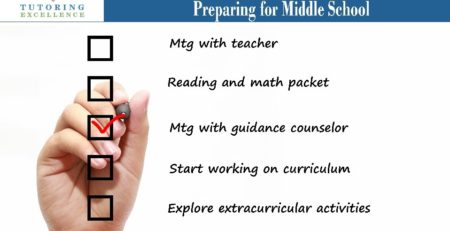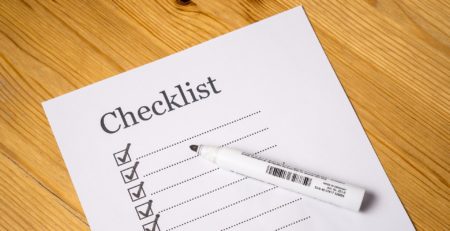Summer STEM Learning Guide
Welcome summer! This is the best time of the year for STEM (Science, Technology, Engineering and Math). STEM over the summer keeps your child’s mind engaged. Make learning fun. My favorite with STEM projects that are messy is that one can make a giant mess outside and clean it all up with a water fight. Summer is not just to “veg” in front of a television or video game. It is a time to explore new ideas and have fun while doing so. Here are 5 STEM ideas to help you get started this summer:
1. Bottle Rockets
This is a fun activity that is a huge hit with kids. Bottle rockets are great as a group activity or with a few friends. Plan a rocket challenge and competition with your child’s friends. Be careful, though. A bottle rocket uses a simple chemical reaction which sets this bottle blasting off.
Supplies Needed
An empty 2-liter bottle rinsed and clean.
Baking Soda
Vinegar
A cork (a pool noodle piece works great.)
A launch pad (something that can hold the 2-liter bottle up)
Directions
Place about ¾ to 1 Cup of vinegar in the 2-liter pop bottle. Place about a tablespoon of baking soda in a small piece of paper towel that you fold up, so it can slip easily into the 2-l liter pop bottle. Insert the baking soda package into the bottle and put in the cork. Turn the 2-liter bottle upside-down and place it on the launch pad. Step back and watch it blast off!
2. Leak Proof Bag
This Leak Proof Bag experiment is a fun science experiment in which your kids get to poke pencil holes right through a plastic bag filled with water. The science part is, the water doesn’t come pouring out!
Supplies Needed
A plastic baggy (quart-size or a sandwich size)
A few sharpened pencils to poke through the bag
A permanent marker to draw faces on the bag
Water to fill the bag about 2/3 full
Directions
Take a plastic baggy and fill it up 2/3 full of water. Then take a pencil and push it through the plastic baggy. The water doesn’t leak out of the bag. It’s because plastic bags are made of polymers, or long chains of molecules. The pencil squeezes between two chains, increasing the gap between them at the point, but it doesn’t break the chains.
3. Tea Bag Rocket
Along time ago in most Science classes in Primary School, one would make a teabag Rocket. This is a fun little experiment. With the fire nature of this experiment, one will need parent supervision and a fire extinguisher on hand.
Supplies Needed for Tea Bag Rocket
tea bag
Scissors
Lighter or matches
Plate
Directions
Take the tea bag and snip off the top with scissors and empty out the tea leaves into a separate container. Unfold the tea bag and hollow it out using a finger. Stand the tea bag upright onto the plate and light both sides with a lighter/matches. Stand back and watch the magic begin.
4.Captain Air Head
This is a fun Chemistry activity. Kids make a superhero with a balloon face and a water bottle body. They’ll see the head get bigger and bigger from the chemical reaction they make the bottle.
Supplies Needed
Plastic Water Bottles (empty)
Balloons
Vinegar
Baking Soda
Markers
Construction paper/felt/decorating materials
A funnel
Directions
Use a marker and draw a superhero face on the deflated balloon. The plastic water body is the characters body. Decorate the bottle, add arms, make clothes, add a cape or any other directions the character needs. Use a funnel to insert 1 teaspoon of baking soda into the empty balloon. Pour ¼ cup of vinegar into the empty water bottle. Pinch off the balloon to hold the baking soda inside the balloon. Stretch the mouth of the balloon securely over the mouth of the bottle. Hold the bottle then lift and shake the balloon so that the baking soda falls into the bottle to mix with the vinegar. Watch the reaction create your character.
5. Periscope
A great engineering challenge that explores the science of image refraction is the periscope noodle. The periscope is a fun project and a good use for old pool noodles that will have your kids running about like spies!
Supplies Needed
A pool noddle, straight
A marker
Scissors or knife for cutting the pool noodle (always ensure adult supervision when cutting)
Small round mirrors 2”
Tape – Electrical tape
Directions
Measure the pool noodle marking 4 inches from the end with a dot on one side, then again at 6 inches from the end with a dot on the other side. These will mark the end of your cuts and results in a 4-inch end piece. Using a protector mark off a 45-degree angle between your marks, using the dots as your end point. Cut. Turn and confirm it attaches to form a 90-degree angle. Adjust your cuts until you have a perfect 90-degree angle. Insert the mirror so it dissects the 90-degree corner. Tape your corner together securely. Repeat on the other end, but ensure your cuts are reversed, so your periscope looks to the front. Once your periscope is built, use brightly colored tape (such as electrical tape) to decorate your pool noodle periscope.












